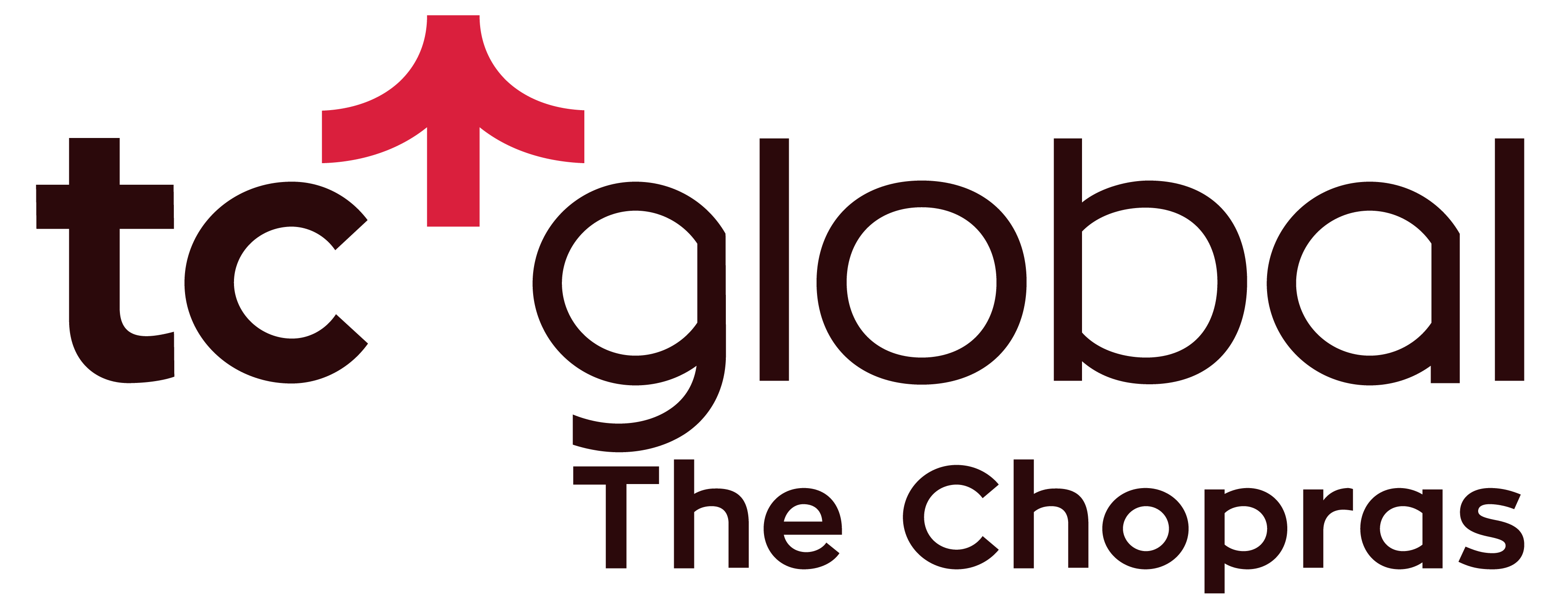If you are struggling to choose between two campuses – UCLA vs UC Berkeley – in the University of California system, then you have come to the right place. Are the two schools part of the same university or do they function separately? What are the parameters to decide? Is UCLA better than Berkley, or the other way round? We get you all the answers.
UCLA and UC Berkeley are two titans of higher education in California, renowned for their rigorous academics and vibrant campus life. UCLA (colloquially referred to as the Bruins), located in Westwood, Los Angeles, is known for its strong programs in psychology, film and media studies, and a broad range of engineering disciplines. It boasts a diverse and dynamic student body, and its campus life is vibrant with numerous extracurricular opportunities.
UC Berkeley (also referred to as just Berkely or “Cal”), set in the Bay Area, holds a prestigious reputation in computer science, environmental sciences, and business through the Haas School of Business. Known for its progressive culture and political activism, it attracts students who are intellectually curious and socially conscious.
Here’s a deeper look at the choice between UC Berkeley or UCLA
Here is how the two schools stand apart. This article covers –
UCLA vs UC Berkeley: A Quick Glance

Are UCLA and UC Berkeley the same?
The answer is both yes and no. Both are part of the University of California university system and, therefore, are fairly similar in functioning and answerable to the UC President and the California State Legislature. However, when it comes to reviewing applications or ranking or academics in general, they are treated as separate universities. So how does one choose in the debate of Los Angeles vs Berkeley? Here’s a look.
Rankings:
Both institutions frequently appear in top national and global university rankings. Berkeley takes the world number 10 spot while UCLA ranks 29th (QS WUR, 2024).
Acceptance Rate:
UCLA (approx. 9%) and UC Berkeley (approx. 11%) are both highly selective.
Signature Programs:
The LA campus of the University of California is celebrated for its arts and humanities, while UC Berkeley is a leader in technology and science.
Campus Vibe:
UCLA offers a balanced blend of academic rigour and a lively social scene, whereas UC Berkeley is known for its high academic standards and active political environment.
| UCLA | UC Berkeley | |
| Established in | 1919 | 1868 |
| Ownership | Public land-grant research university | Public land-grant research university |
| Mascot | Joe and Josephine Bruin, Brown Bear | Oski the Bear |
| School Colours | Blue and Gold | Berkeley Blue and California Gold |
| Academics | ||
| Ranking (QS World University Ranking 2024) | 29 | 10 |
| Bachelor’s Degree Majors | 125+ majors | 150+ majors |
| Number of Master’s Degrees Offered | 130+ | 100+ |
| Popular Areas of Study |
|
|
| Fees and Scholarships | ||
| Average Tuition Fee for BA/ BSc per year | $15,154 (for CA residents) $49,354 (for non-residents |
$16,608 (for CA residents) $50,808 (for non-residents) |
| Average Tuition Fee for MA/ MS per year | $16,847 (for CA residents) $31,949 (for non-residents) |
$15,260 (for CA residents) $30,362 (for non-residents |
| Average Financial Aid | Around $22,000 | Around $28,000 |
| Eligibility Criteria | ||
| Average High School GPA | 3.93 | 4.0 |
| Median SAT/ ACT Test Scores for admission | Test-free | Test-free |
| English Language Requirements | TOEFL iBT: 100 IELTS: 7.0 |
TOEFL iBT: 100 IELTS: 7.0 – 8.0 |
| Acceptance Rate | ~ 9% | ~ 11% |
| Student Population | ||
| No. of undergraduate students in 2023 | 32,423 | 33,078 |
| No. of graduate students in 2023 | 14,007 | 12,621 |
| Average Early Career Salary of Graduates | $76,000 | $88,300 |
| Student Faculty Ratio | 19:1 | 19.4:1 |
| Average Class Size | 47.8% of classes have fewer than 20 students | 70% have less than 30 students |
| Campus | ||
| Campus Location | Los Angeles | Berkeley |
| Campus Type | Urban | Urban |
Does that give you more clarity on the question – is UCLA better than Berkeley, or are they at par?
UCLA vs UC Berkeley: Academics

The first point in answering the question, “Is UCLA or UC Berkeley better?” is academics. With both being highly ranked universities and part of the University of California system offering undergraduate, graduate programs, and doctoral degrees besides certificate courses and diplomas to their students, how do they stand apart from one another? Is UC Berkeley better than UCLA, or the other way around? Let us take a look.
Overall and Subject Ranking
Even though both schools are part of the University of California circuit, they essentially function as independent universities and are ranked separately. While both of them are prestigious schools with great global standing, there is a perception that UC Berkeley stands higher than UCLA when it comes to academics. This is also reflected in their rankings.
If we are comparing world university rankings, UCB will find its place in the top 10 universities of the world while UCLA finds a spot in the top 30 (Source: QS Ranking). Berkeley is also one of the top in the world for the study of Engineering, Data Science, Computer Science and Information Systems, Environmental Sciences, Biological Sciences, Law and many other subjects. While UC Berkeley is recognized for its leadership in science and technology, UCLA is more renowned for its programs in the arts and humanities. It is also one of the top 10 universities in the world for the study of English Language and Literature, Anthropology, Modern Languages, Arts and Humanities, Education, Psychology, Geography, and History.
Ultimately, both institutions foster a competitive yet collaborative environment, designed to push students towards excellence. Here is a quick comparison of the university ranks for 2024
| University of California Los Angeles | University of California Berkeley |
| Overall National Rank US News: 15 | Overall National Rank US News: 15 |
| Times Higher Education WUR: 18 | Times Higher Education WUR: 9 |
| QS WUR 2024: 29 | QS WUR 2024: 10 |
| Subjects and Other Ranking (Source: QS and US News) | |
|
|
As a prospective student, ranking and reputation can be a significant pro in your planning process. However, it is good to remember that higher ranks also mean stiffer competition. The ultimate deciding factor should also be the specific department, course curriculum, and to see if what the university offers fits your career plans.
Constituent Schools
The different courses at UCLA are offered by
- School of Arts and Architecture
- The College
- School of Dentistry
- School of Education and Information Studies
- Samueli School of Engineering
- School of Law
- Anderson School of Management
- David Geffen School of Medicine
- Herb Albert School of Music
- School of Nursing
- Luskin School of Public Affairs
- Fielding School of Public Health
- School of Theatre, Film and Television
The schools and colleges that constitute UC Berkeley are
- Haas School of Business
- College of Chemistry
- College of Computing, Data Science, and Society
- Graduate School of Education
- College of Engineering
- College of Environmental Design
- School of Information
- Graduate School of Journalism
- School of Law
- College of Letters and Science (includes over 60 departments in the biological sciences, arts and humanities, physical sciences, and social sciences)
- Rausser College of Natural Resources
- The School of Optometry
- The School of Public Health*
- Richard and Rhoda Goldman School of Public Policy
- School of Social Welfare
* – Note that while Berkeley does not have a dedicated medical school, it does provide joint MA/ MD degrees with the University of California San Francisco.
Key Dates for Application
Both these schools follow a similar admissions cycle, since they come under the UC system. The following table gives you the key dates for application and admission into undergraduate programs. It is also safe to double check with the specific department / school of the university that you are applying to, just to ensure they do not follow a different cycle.
When it comes to the actual application form, you can apply to as many UC campuses as you like with only one application form. Each of the campuses will receive your application and evaluate them separately and simultaneously. An offer letter from one campus does not imply or guarantee an admission into another UC campus.
| Important Dates | UCLA | UC Berkeley |
| Application available from | August 1 | August 1 |
| University begins accepting applications from | October 1 | October 1 |
| Last Date to Submit | November 30 | November 30 |
| Apply for financial aid – FAFSA or CA Dream Act applications open | October 1 | December 1 |
| FAFSA/ CA Dream Priority deadline | March 2 | March 2 |
| First year admission decisions Posted in | End of March | End of March |
| Deadline to accept offer of admission | May 15 | May 15 |
Quarter vs Semester System
Another important distinction that separates the two schools are their academic calendars. UC Berkeley follows a semester system while all the other UC schools including Los Angeles divide their years into academic quarters.
UCLA
- The academic year is divided into three quarters (Fall, Winter and Spring), each lasting about 10 weeks.
- If students want to work through summer to graduate early or take up extra courses, there is also a summer term.
UC Berkeley
- August/ September to December: Fall Semester, followed by Winter break
- January to April/ May: Spring Semester, followed by Summer break
- The summer term is divided into 6 short sessions that are three to ten weeks in duration.
Pros of a Quarter System:
- One of the biggest advantages students have in a quarter system is that it gives them the flexibility to choose more courses and interact with more faculty members. On an average, a student studying in this model ends up graduating with 18 more credits (6 more courses) than a student in a semester cycle.
- The course load is smaller, allowing students to better focus.
- Switching majors or raising GPA is comparatively easier than in a semester since course weight is more distributed in quarter terms.
Cons of a Quarter System:
- The main disadvantage is that quarters do not give a student enough time to settle into a course of study. While a course may be short, the level of the coursework might be intense to cover the required material in 10 weeks. Essentially, it gives you less time to study.
- It can be harder to schedule internships, co-ops, or study abroad programs since most of them are scheduled around the semester timeline.
What are the Top Three Courses to Study in UCLA?
1. Psychology:

UCLA’s psychology program is one of the best in the nation, known for its groundbreaking research in human behaviour and cognitive processes. The department’s faculty includes leaders in various subfields of psychology, providing students with comprehensive learning and research opportunities. QS ranks their psychology department in the 9th spot in the world for its programs.
2. Film, Television, and Digital Media:

Situated in the global film and media hub of Los Angeles, UCLA offers unparalleled resources and industry connections. The program emphasises both creative expression and critical analysis, preparing students for successful careers in the entertainment industry. If you look at the larger domain of media and communications, the university ranks 21st in the world, according to QS Subject rankings.
3. Engineering:
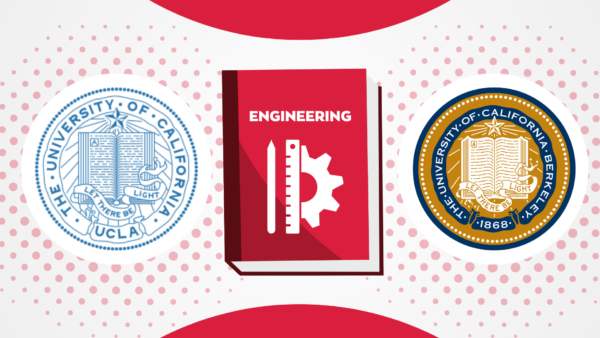
Ranked 21st in the world, UCLA’s engineering school is recognized for its innovation in areas like robotics, computer science, and bioengineering. The program encourages practical experience through internships and collaborative projects, often partnering with tech giants in nearby Silicon Valley.
What are the Top Three Courses to Study in UC Berkeley?
1. Computer Science:

UC Berkeley’s computer science program is a powerhouse, known for its cutting-edge research and close ties with the technology industry. The program cultivates a strong foundation in both theoretical and applied aspects of computer science, with frequent opportunities for students to engage in innovative projects. Berkeley stands 4th in the US (after MIT, Stanford and Carnegie Mellon) and 5th in the world for the study of computer science and information systems.
2. Environmental Science:

With a strong emphasis on sustainability and environmental policy, Berkeley’s program is at the forefront of addressing global environmental challenges. The program integrates physical and biological sciences with socio-economic considerations to equip students with tools to drive change. As with computer science, Berkeley’s environmental sciences programs are also ranked 5th in the world after Harvard, Wageningen, Oxford, and MIT.
3. Business (Haas School of Business):
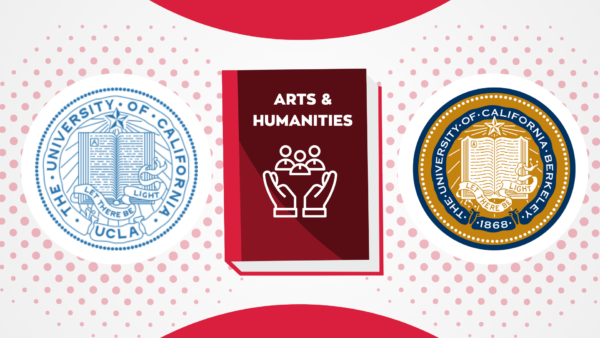
Haas is known for its rigorous curriculum, commitment to innovation, and ethical leadership. The school’s strong network and location provide students with unparalleled access to the thriving business landscape of the Bay Area. The Haas School of Business is one of the top b-schools in the world, ranked 13th in the world for its MBA programs and 4th for its Masters in Finance.
Notable Faculty, Alumni and Research Facilities
UCLA and UC Berkeley are both home to Nobel laureates, MacArthur Fellows, and numerous other distinguished scholars. While the LA campus has 16 Nobel laureates associated with them, Berkeley has the highest number among the UC community with 26 faculty Nobel Prize winners and 35 alumni winners.
Each campus hosts state-of-the-art research facilities like the UCLA Broad Stem Cell Research Centre and the Lawrence Berkeley National Laboratory at UC Berkeley. These institutions support a wide range of research endeavours from theoretical physics to public policy. UCLA typically receives over $1.4 billion in research funding, while UC Berkeley attracted $1.07 billion in new awards from external sources.
UCLA vs UC Berkeley: Fees and Scholarship Opportunities

When deciding between the two public universities in the state of California, another important consideration after academics is the finance involved. The cost of tuition, additional expenses, housing, and the nature of scholarships offered are significant considerations to be factored in, before making a choice.
The following table can help you compare these two prestigious institutions in the matters of fees and scholarships.
| UCLA | UC Berkeley | |
| Annual Tuition (Bachelor’s) | $15,154 (for CA residents) $49,354 (for non-residents) |
$16,608 (for CA residents) $50,808 (for non-residents) |
| Average Annual Tuition (Master’s) | $16,847 (for CA residents) $31,949 (for non-residents) |
$15,260 (for CA residents) $30,362 (for non-residents) |
| MBA Tuition | $85,000 – $92,000 | $69,814 (for CA Residents) $82,059 (for non-residents) |
| Housing (yearly, room and board) | $18,369 | $19,000 – $22,000 |
| Types of Financial Aid | 1. Scholarships 2. Grants 3. Loans 4. Part-time student jobs |
1. Innovative Aid Programs 2. Grants 3. Scholarships 4. Prizes and Honors 5. Loans 6. Work-Study 7. Disabled Students Program 8. Students with Dependents 9. Study Abroad 10. Summer Aid 11. Veterans Benefits |
| Scholarship Type | 1. Regents 2. Alumni 3. University Student Aid Program Funds 4. Blue and Gold Opportunity Plan 5. Cal Grants 6. Middle Class Scholarship Program (MCSP) |
1. Berkeley Undergraduate Scholarship 2. Fiat Lux Scholarship 3. Middle Class Scholarship 4. Regents’ and Chancellor’s Scholarship 5. African American Initiative Scholarship 6. SkyDeck Intern Scholarship 7. New Leader Scholarship |
| Average need-based aid | Around $22,000 | Around $28,000 |
| Percentage of undergrad students receiving some form of financial aid | ~ 72% | More than 60% |
| Admission Decisions | Need-blind | Need-blind |
| Demonstrated Need Cover | 100% (About 45% of undergrads pay no tuition at all) | Around 85% |
Note:
1. The tuition fees are average figures, calculated for a typical academic year of 9 months. The fee will be higher should you choose to take extra courses in the summer months.
2. The tuition fee amounts in the table are indicative of only the cost of attendance. It does not include books, student health insurance and other expenses. Student insurance alone can cost between $4,000 – $7,000 a year.
3. UCLA does not award scholarships or financial aid to undergraduate students who are not citizens or permanent residents of the USA. In UC Berkeley, international students are ineligible for federal, state, and need-based university financial aid.
UCLA vs UC Berkeley: Student Life and Post Graduation Opportunities

In this section, we will be looking at some of the other factors, beyond academics and finance that can help with the debate of UC Berkeley vs UCLA.
1. Location
UCLA:

Source: Wikimedia Commons
As the name suggests, UCLA is situated in Los Angeles, a sprawling city in Southern California, renowned for its beaches and Hollywood. With a population of around 3.8 million, the city is known for its vibrant and diverse culture, attracting people from all over the world. The entertainment capital of the world, the city has also hosted the Summer Olympics for two years, and is slated to host again in 2028.
Besides its culture, the city is also rapidly growing as a tech capital, keeping up with its northern neighbours. It also has a Mediterranean climate with mostly pleasant days throughout the year that draws a lot of students to UCLA.
Berkeley:
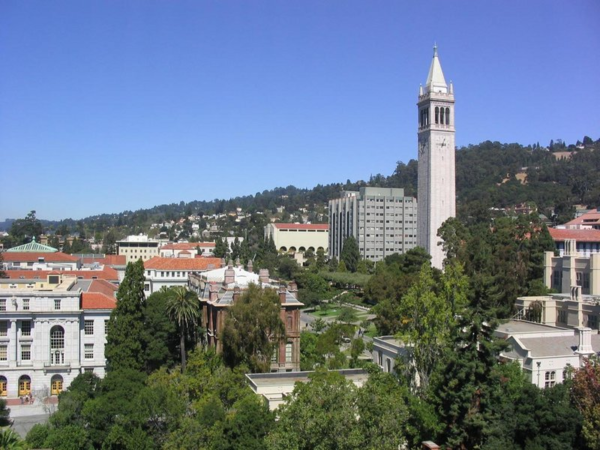
Source: Wikimedia Commons
In contrast to LA’s cosmopolitan ethos, Berkeley is a quieter city with a suburban vibe, near San Francisco and Oakland. The Berkeley downtown has densely grown around University Avenue, giving it a ‘college town’ feel. Renowned for its arts and culture scene, Berkeley provides a much quieter, calmer atmosphere for the students studying there.
The city’s creative and artsy air is also clearly noticeable in its numerous restaurants and bookstores that become convenient hangout spots for students. The city’s proximity to Silicon Valley is also a significant advantage to Berkeley students who are looking for internships at some of the top tech companies. The city also enjoys a mild climate that makes it pleasant year round.
2. Campus
UCLA:

Source: UCLA
The university’s 419-acre campus is located at the base of Santa Monica Mountains, a mere 5 miles from the Pacific Ocean. With over 170 buildings, the campus has a vibrant atmosphere, a fitting microcosm of LA’s spirit. The neighbouring Westwood Village is where UCLA students often shop, dine out, or explore a social life off campus.
Considering its location, the breathtaking scenery of UCLA, both within and outside the campus, is a given. It is also known for convenient housing facilities, renowned dining options (including 3 all-you-can-eat residential dining halls), state-of-the-art academic and research resources, and numerous extracurricular and recreation centres for its students.
The campus builds a strong sense of community among its students as they often come together for sports and other events. Along with the mascots, Joe and Josephine Bruin (male and female brown bears), the campus instils a fierce sense of pride while creating a fairly relaxed atmosphere.
Berkeley:
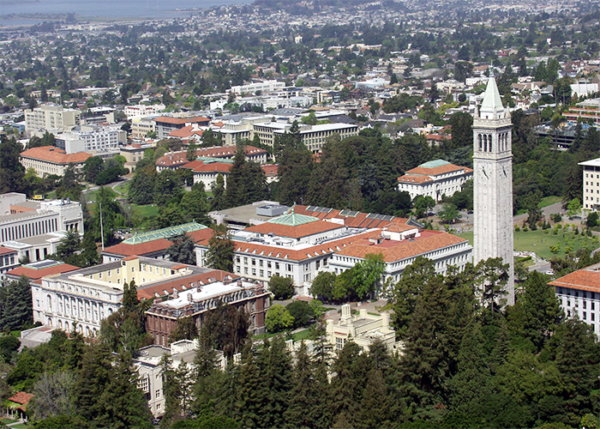 Source: UC Berkeley
Source: UC Berkeley
While the university is situated on over 1,200 acres of land, the actual Cal campus is about 178 acres. Besides lush gardens and lawns, the campus is home to many notable buildings built in the early 20th century. The campus stands apart with its redwoods, statues, and stunning architecture. There are a few spots from where you can get a panoramic view of the San Francisco Bay!
The campus culture is not as laid back as in LA, with academic rigour and student political activism being significant parts of the campus culture. In fact, the Free Speech Movement began in 1964 when UC Berkeley students protested the university’s restrictions on political activities on campus. Campus life is lively with numerous athletic, socio-cultural and extracurricular activities.
3. Student Population
UCLA:
The university has an undergraduate population of 32,423 and a graduate student body of 14,007. Of the 46,430 students, over 5,200 are international students from over 106 countries. If you look at student diversity by gender, about 60% is female, 39% male, and 1% non-binary. With an extremely diverse student body, the university creates a multicultural learning environment.
Berkeley:
The total enrollment in Fall 2023 was 33,078 undergraduate students and 12,621 graduate students. About 16% of the total student body is international, and the student-to-faculty ratio is 19.4:1, and about 71% of the undergraduate classes have fewer than 30 students in them.
4. Housing
UCLA:
Unlike many other schools in the US, UCLA does not require freshmen to stay on campus even for the first year of study. However, they do offer many housing options for the students who choose to live on campus.
At the undergraduate level, you have four types of accommodations – classic, plaza, deluxe and suite. They are essentially shared rooms with amenities provided either communally or individually. They all include communal study spaces and lounging areas to build a sense of community. The annual cost of housing can range between $17,500 and $22,000, depending on the style and the number of occupants. Meal plans are included in on-campus residences.
Graduate housing is typically located in Westwood or in the Palms area. Students staying out of campus can use the dining halls at an extra cost.
Berkeley:
While housing on campus is not compulsory for freshmen, nearly 96% of first-year students beginning their life at Cal choose to live in one of the residence halls, which provide both social and academic support with their live-in staff. However, after freshman year, only about 22% of undergraduates and 7% of graduate students live on campus as there are only around 10,000 beds on campus. As of 2022-23, Cal has the lowest percentage of beds compared to any other school in the UC system.
Meal Plans and themed programs are a part of life in dorms. On campus, UCB offers residence halls (dorm rooms), shared apartments, family student housing in University Village, and summer housing.
The annual fee for living in the dorms can range between $17,585 and $24,250, depending on the type of room and the number of people in the room. This includes a meal plan of $6,260, which can also be upgraded, should you choose to.
5. Sports and Other Extracurriculars
UCLA:
The university continues to live up to its name of being a national leader in intercollegiate sports. It is the first school to win over 100 NCAA (National Collegiate Athletic Association) Championships. The university has produced 410 Olympic Athletes and a record number of professional athletes, such as Kareem Abdul-Jabbar, Troy Aikman, Arthur Ashe, Eric Karros, Reggie Miller, Corey Pavin, Jackie Robinson, and Natalie Williams. UCLA competes as ‘the Bruins’ proudly wearing the colours of blue and gold. The school also has 15 multipurpose workout facilities and six pools spread throughout campus.
Besides the athletic spirit that binds the students together, the school is also home to over 1,200 clubs and student organisations that enable the Bruins to pursue varied interests. The UCLA Marina Aquatic Center, located in Marina Del Rey, even offers instruction and equipment for rowing, kayaking, sailing, surfing, windsurfing and paddle boarding. Student government, Arts and Culture, Greek life, Entrepreneurship, and Volunteering in the community are also chapters of campus life that bring students together.
Berkeley:
Falling just behind UCLA when it comes to Olympic medalists, Cal also has a longstanding tradition of athletics. Renowned for its Division I sports program and cheering for the California Golden Bear, the university has 31 unique sports clubs. Natalie Coughlin (first American woman athlete to win 6 medals in one Olympics), Geoff Blum, Brett Jackson, Mark McNamara, Aaron Rodgers, Alex Morgan, and Miles Turpin are just some of the top athletes in UC Berkeley’s long list of illustrious sportspeople.
Looking beyond athletics, the university enables over 1,000 student organizations and clubs, student government, art studios, alumni associations, fraternities and sororities, intramural sports, spirit groups (dance teams, cheerleading teams), gender equity resource centre, graduate assembly, the LEAD centre for leadership and community engagement, musical performance groups, and publication and media groups.
6. Internship Opportunities
UCLA:
About 73% of undergraduate students complete at least one internship during the course of their study at UCLA. Be it the entertainment industry, aerospace, biosciences, IT, or finance, numerous internship opportunities are made available for students. The university also offers ‘Professional Minors’ that include internships as part of the curriculum. UCLA’s career centre also runs a global internship program, giving students opportunities worldwide.
Berkeley:
Berkeley Career Engagement is the ideal place to begin your research for internships in any location. Through a portal called Handshake, you can access the latest internship opportunities, as listed by employers. With internships, you can gain more credits, boost your resume and experience the real-world demands of your profession. While listings are available throughout the year, you are expected to plan your internships around your coursework. The university also suggests that even freshmen can begin looking for internships after the first semester. The number of Berkeley students taking up internships varies widely, depending on their areas of study.
7. Work Opportunities
UCLA:
The university has a 93% six-year graduation rate for freshmen and transfers at the undergraduate level and was ranked 20th for employability in the US by Times Higher Education in 2023. The top recruiters at UCLA include Accenture, Amazon, Apple, Bloomberg, Cisco Systems, County of Los Angeles, Deloitte, Getty, Google, Kaiser Permanente, KPMG, Mattel, Microsoft, NBCUniversal, Oracle, PricewaterhouseCoopers, SpaceX, Target Corporation, Teach for America and Walt Disney Company. The starting salaries of UCLA graduates vary widely depending on the domain, previous experience and scope of work.
Berkeley:
In 2022-23, nearly 94% of Berkeley graduates with a master’s degree received job offers within 3 months of graduation. The mean early-career (0-5 years of experience) pay of Cal graduates is around $88,300 (Source: Payscale.com). Graduates from the Haas School of Business are sought after even more quickly by recruiters and often begin their careers on an executive level. The average base annual salary of Haas graduates in 2023 was $162,831.
Summary

Deciding on ‘UC Berkeley vs UCLA’ is not an easy task. Both are highly reputed schools, are highly selective, and have their signature academic programs. That said, here is a summary of the differences that tell you all about UCLA vs Berkeley.
UCLA is better suited for you if
- You are leaning towards the arts, humanities and the social sciences
- You have dreamed of living in LA and enjoying its sunny weather
- You are looking to pursue careers in the entertainment or media industry
- Enjoy their verdant and diverse campus with its relatively easygoing culture.
UC Berkeley is the better prospect if
- You are inclined towards science, technology and business (Remember, it does not mean that these fields are not good at UCLA. It simply means that Berkeley has the better, higher ranking programs)
- Be closer to Silicon Valley and explore it for all the internship and professional opportunities
- Explore and develop your entrepreneurial spirit
- You want to live in a small city
While these can be factored into your decision, the ultimate call rests on whether the course curriculum and the learning outcomes meet your career plans. The most significant part of your research is to compare courses, syllabi, electives, faculty and research facilities of your preferred degree program, speak to current students, and then decide depending on which school better suits your needs.
We understand that becoming an international student can be very exciting, but the prep and paperwork of it all can get overwhelming. The easiest way to reduce your stress is to sign up with TC Global.
We simplify international education, learning, and mobility through connecting students, universities, and a global community on a single platform where there are over 1000+ education providers and over 80,000+ courses.
Our platform enables students to study anywhere in the world in just a few steps. From search and discovery and finding the right course fit for you, to applications, visas and departure – we see you through it all.
To move forward with us, download our app or visit tcglobal.com and sign in to create an account on our student platform and onboard with us in quick, easy steps.! ?
Then simply set up a visit Calendly.com/tcglobal to pick a Relationships Team closest to you and choose a slot to meet with a Relationship Member. Be it UCLA vs UC Berkeley, our experts will be with you every step of the way to help you decide.
Let’s shape your future together.
You May Also Like
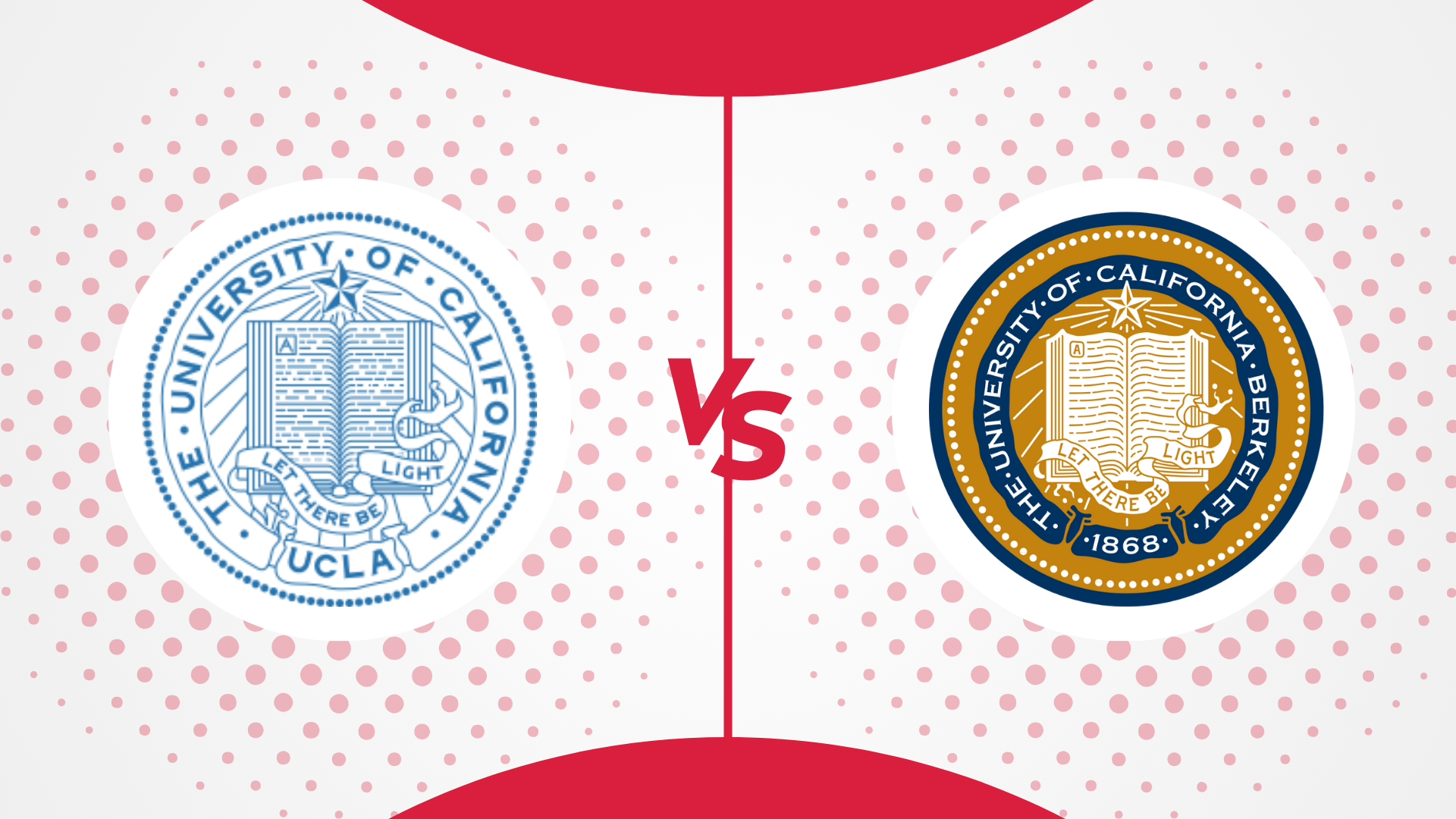
Compare more universities in USA
-
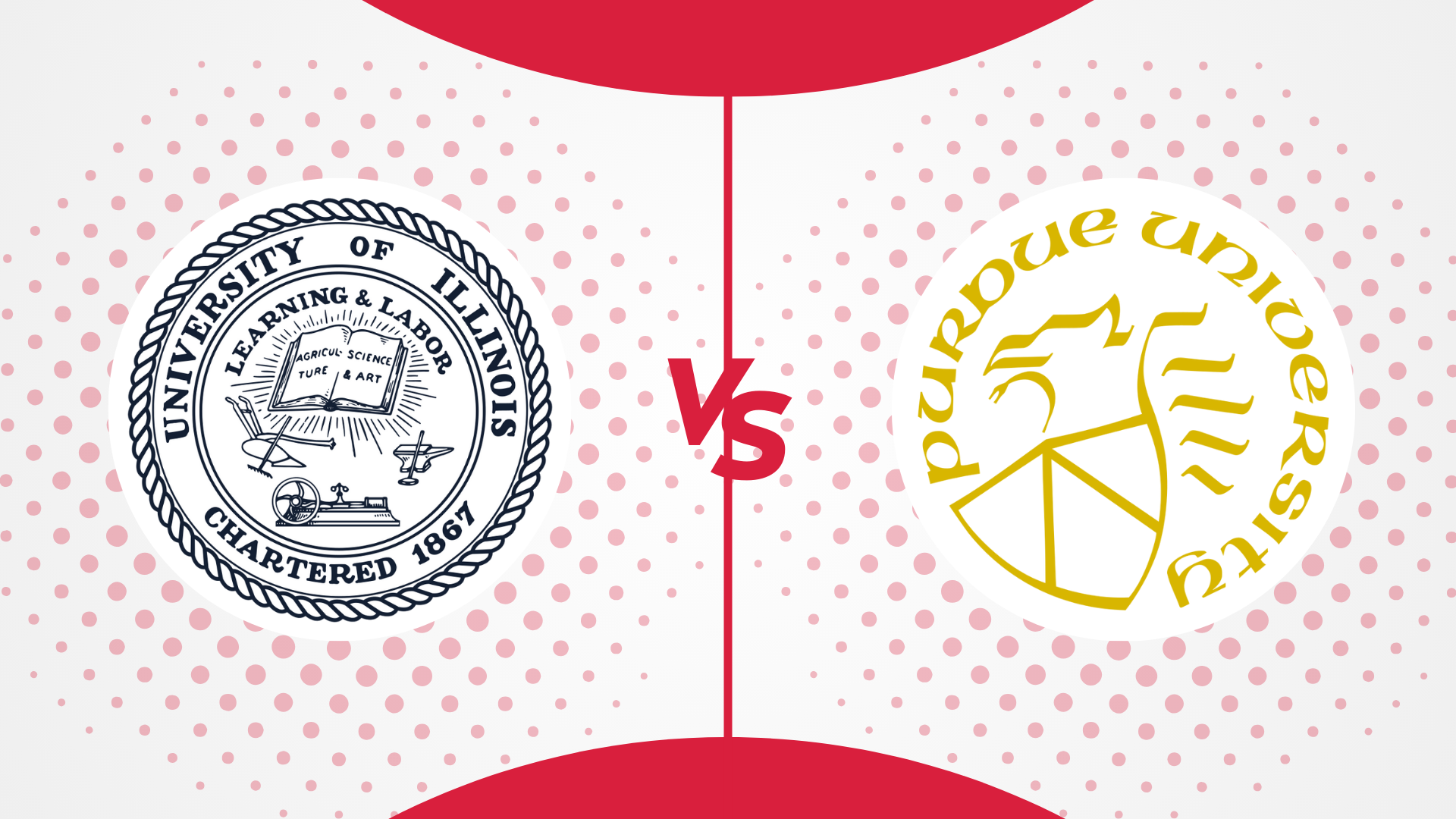
Purdue vs UIUC: How Do They Compare in 2025?
December 16, 2024 -
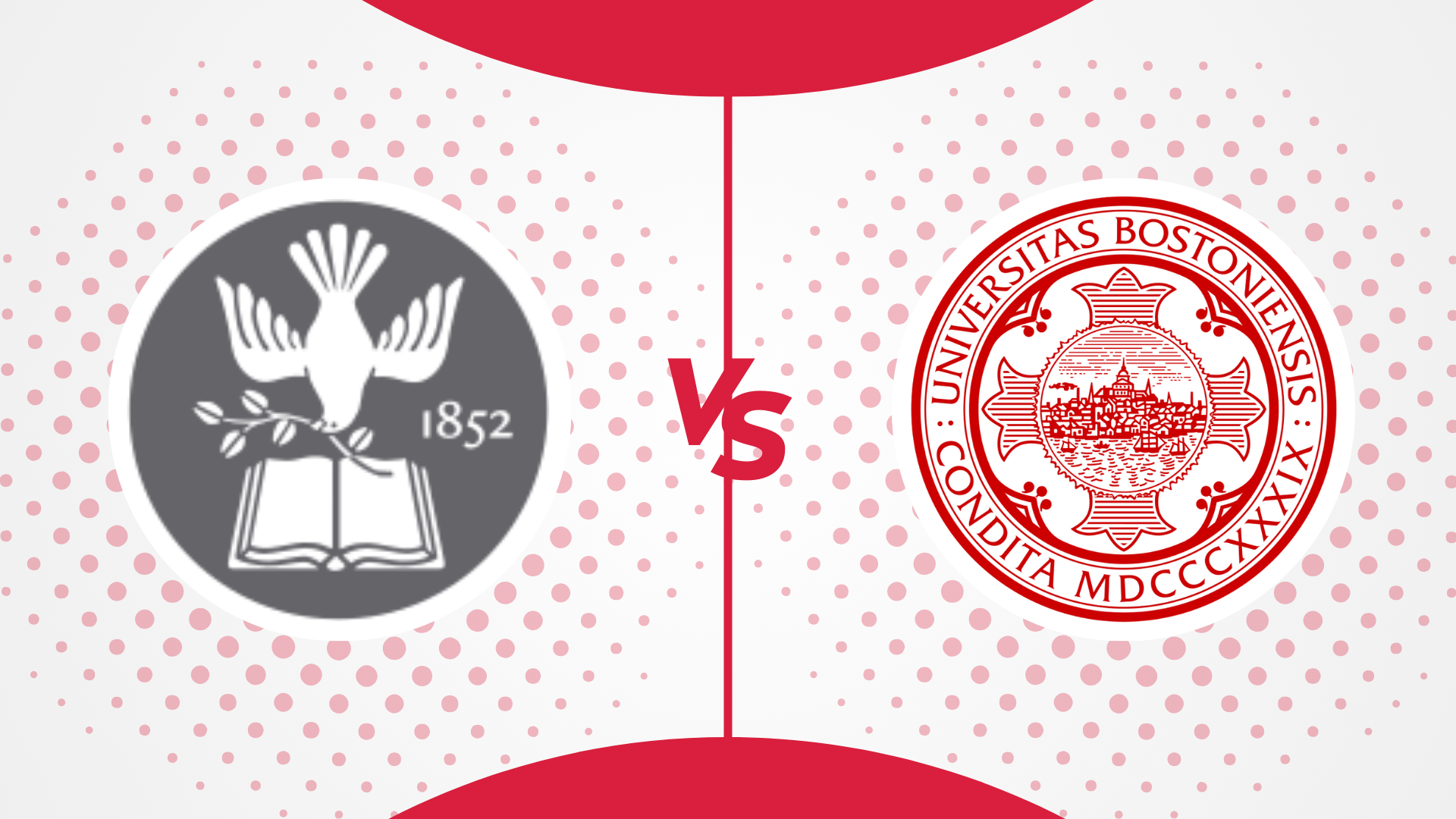
Tufts vs BU: How Do They Compare in 2025?
December 16, 2024 -
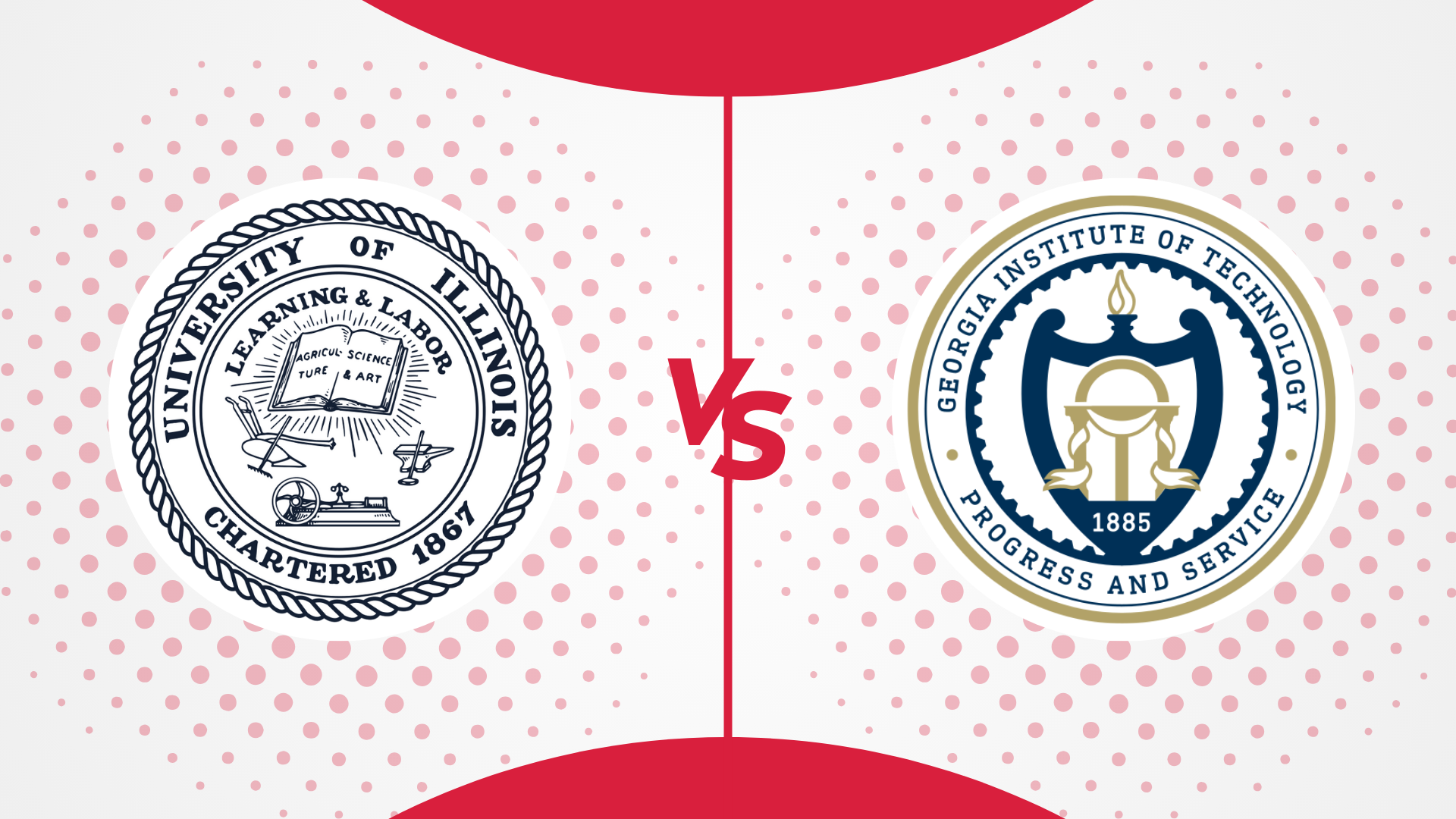
UIUC vs Georgia Tech: How Do They Compare in 2025?
December 3, 2024 -

Georgia Tech vs UT Austin: How Do They Compare? [2025]
September 24, 2024 -

UC Davis vs UC Irvine: How Do They Compare in 2024
September 10, 2024 -
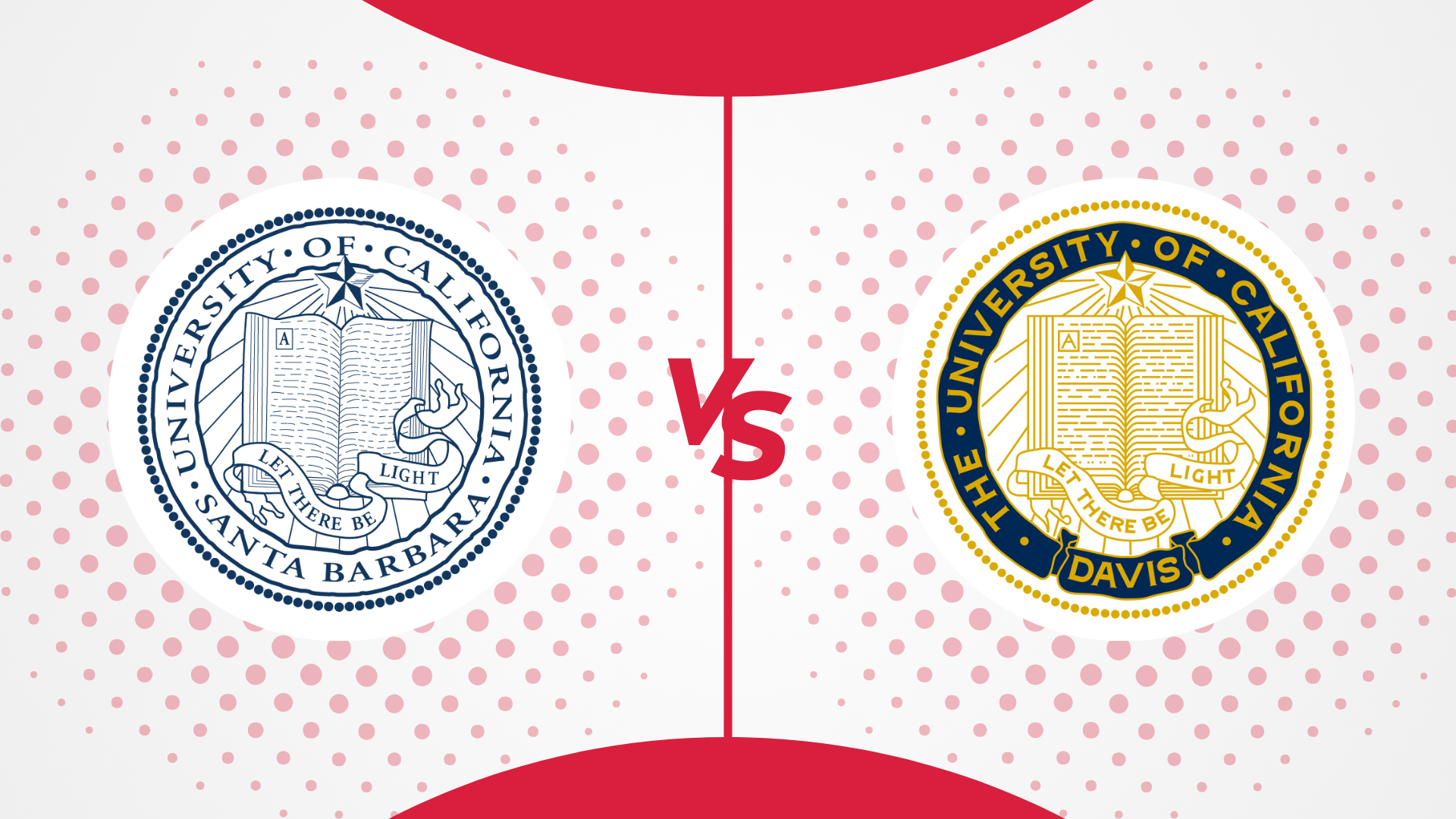
UC Santa Barbara vs UC Davis: How Do They Compare? [2024]
August 30, 2024 -
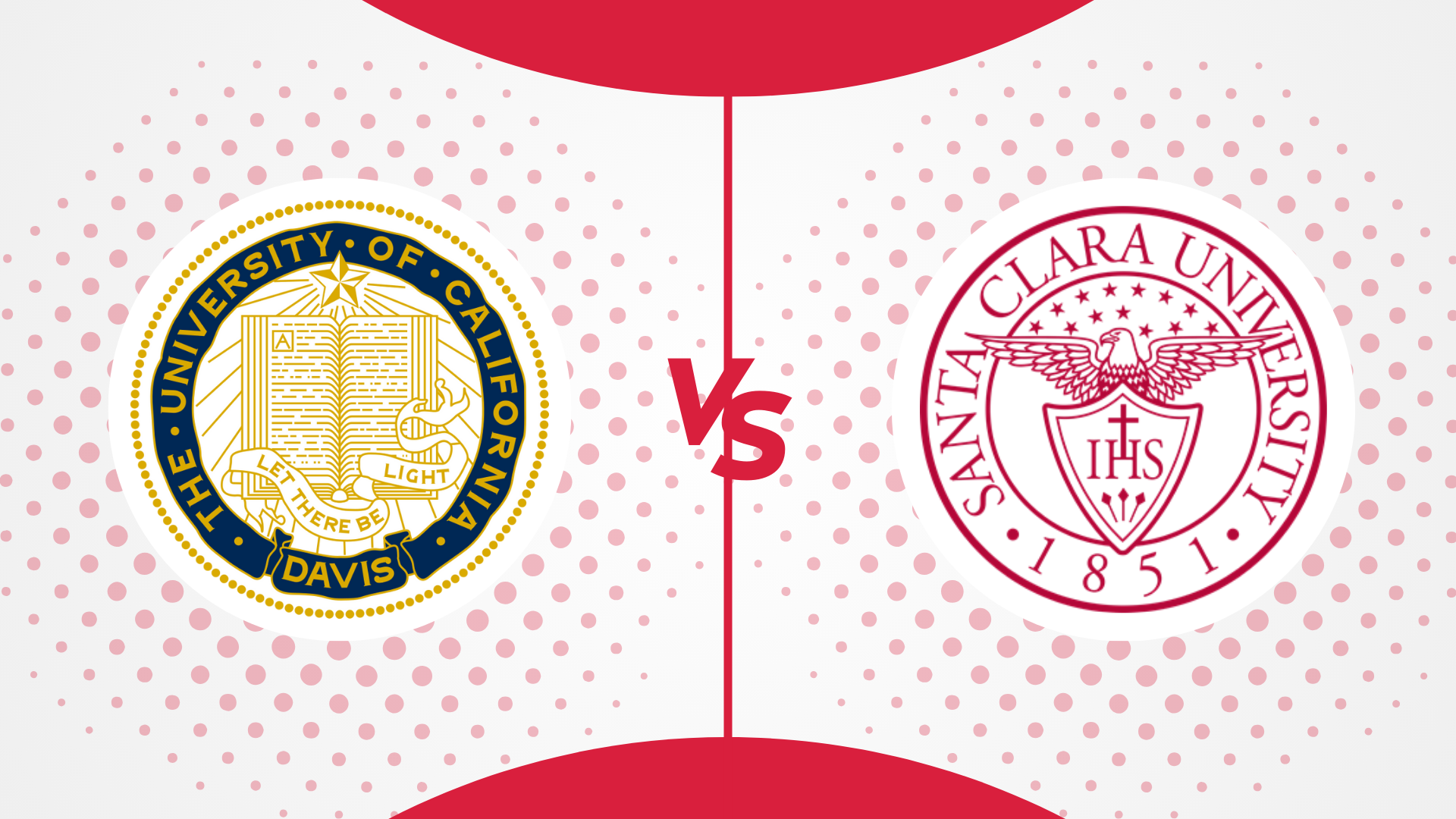
UC Davis vs Santa Clara University: How Do They Compare? [2024]
August 23, 2024 -

University of Chicago vs Northwestern University: How Do They Compare
August 20, 2024 -

Georgia Tech vs MIT: How Do They Compare? [2024]
August 7, 2024 -

Caltech vs MIT: How Do They Compare [2024]
August 2, 2024 -

MIT vs Harvard: How Do They Compare [2024]
July 27, 2024 -

Cornell vs Harvard: How Do They Compare? [2024]
July 27, 2024 -

Yale vs Harvard: How Do They Compare [2024]
July 22, 2024 -

Harvard vs Princeton: How Do They Compare [2024]
July 16, 2024 -
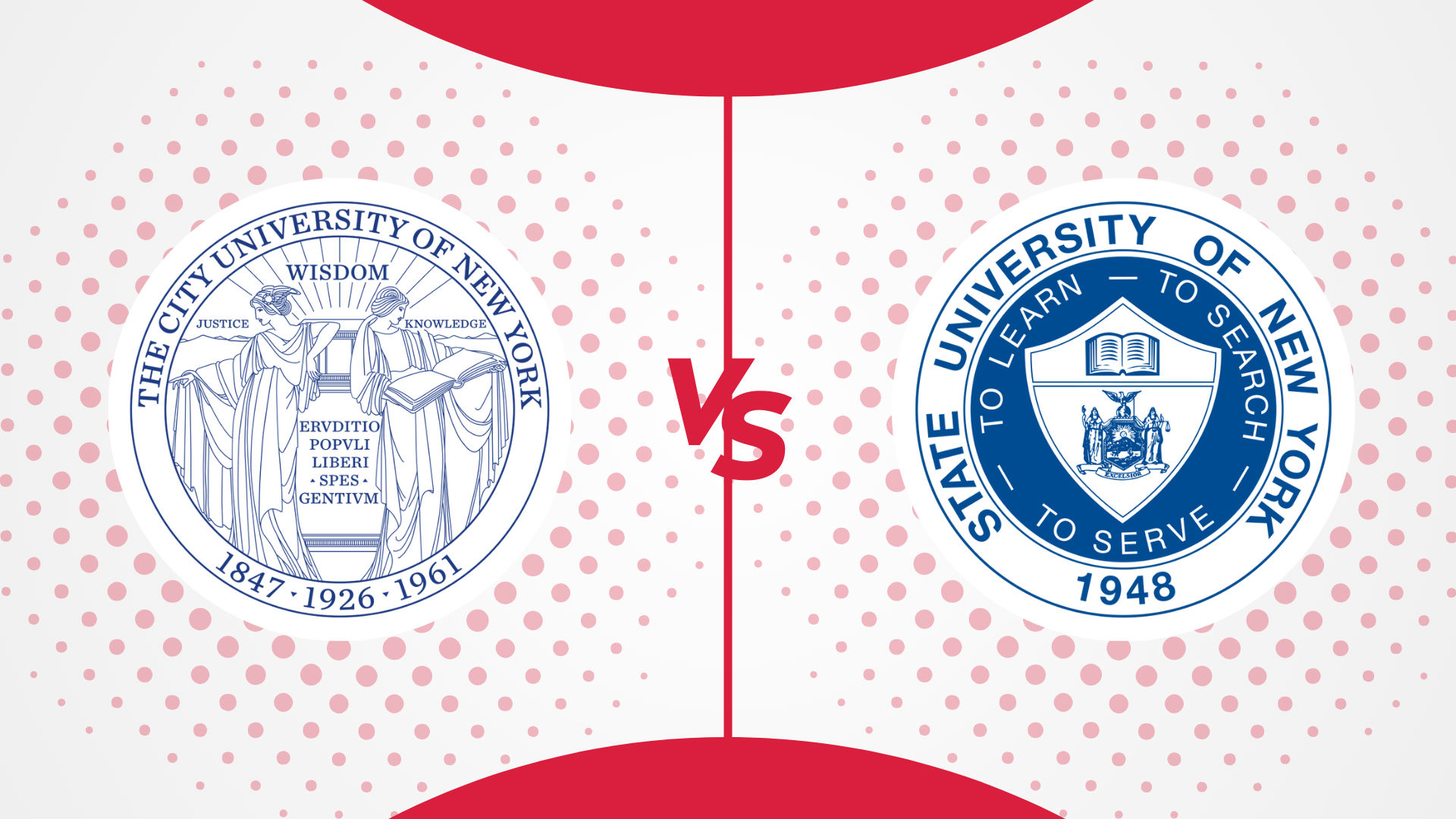
CUNY vs SUNY: Which One is For You in 2024
July 9, 2024 -
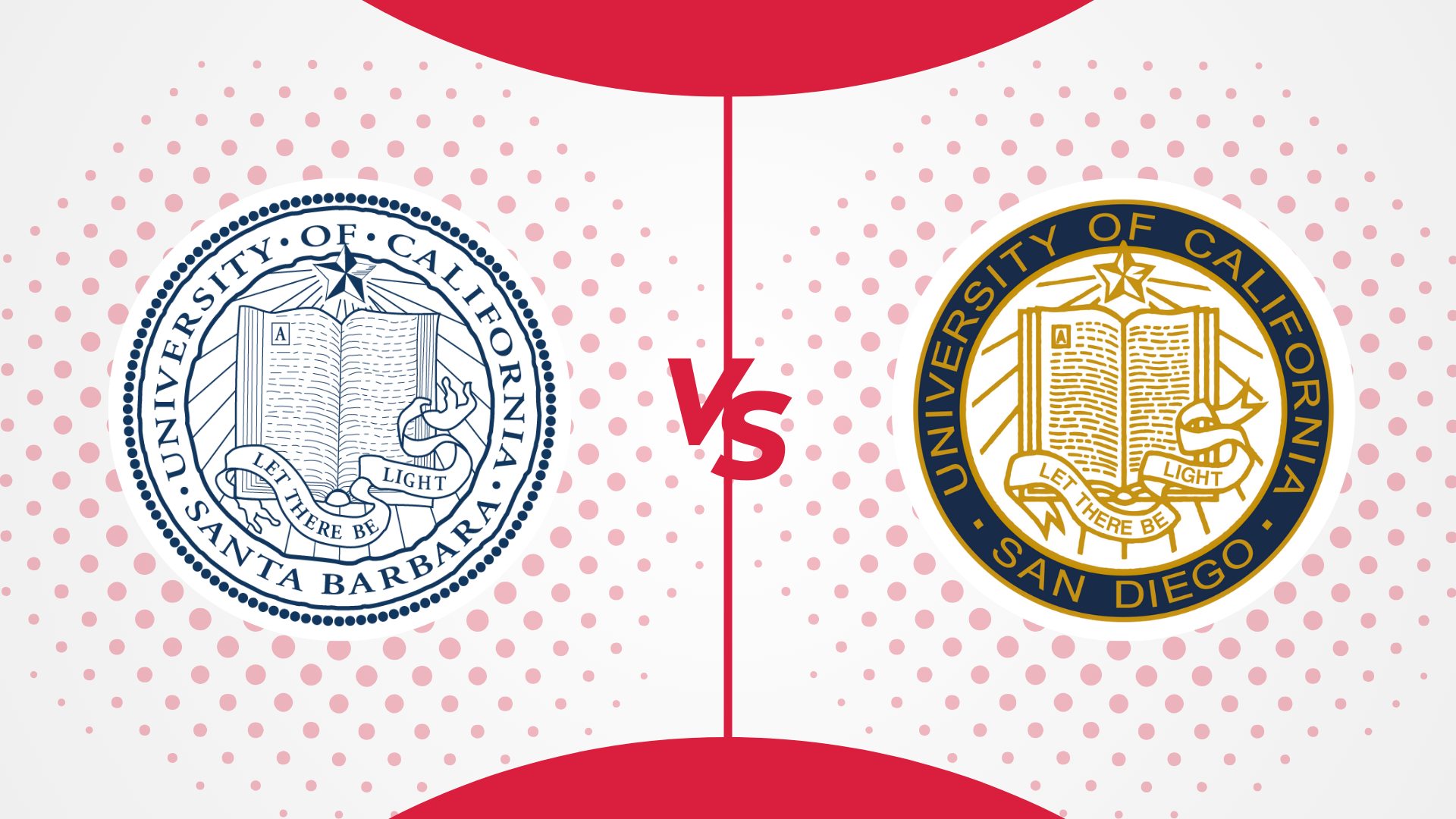
UCSD VS UCSB: Which One is Better For You in 2024
July 9, 2024 -
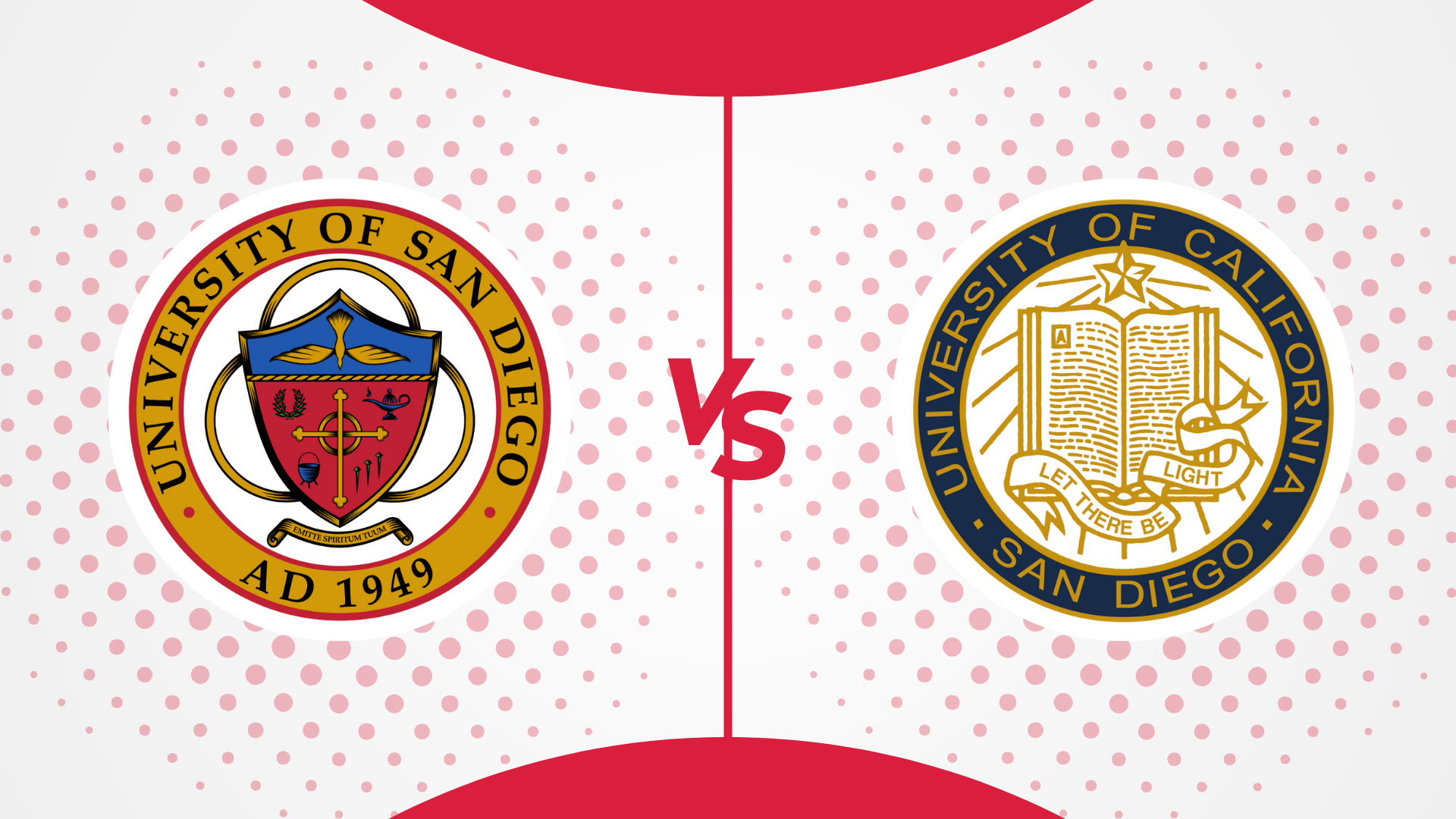
USD vs UCSD: Which one should you choose in 2024?
July 9, 2024 -
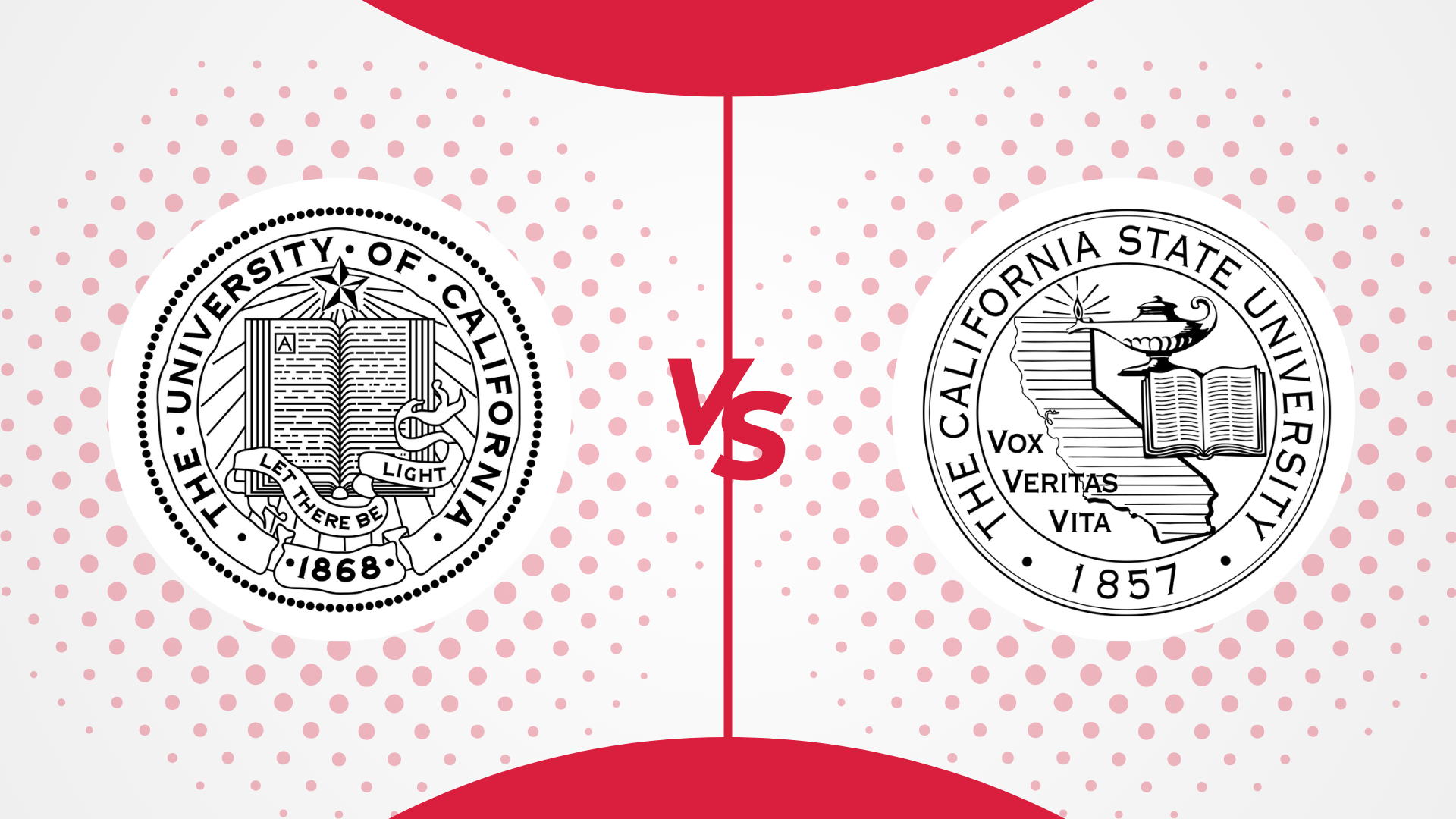
UC vs CSU: Which One is Better in 2024?
July 9, 2024 -

University of Arizona vs Arizona State University: Which One is Better in 2024
July 9, 2024 -

Penn State vs UPenn: Which is Better for International Students in 2024
July 9, 2024 -

Northeastern vs Northwestern: Which One is Best in 2024
July 9, 2024 -

Northeastern University vs Purdue University – Which One is Better in 2024?
July 9, 2024 -

Boston College vs Boston University: Which One is the Best in 2024?
July 9, 2024 -

LSU vs UCLA: Which Is Better For You In 2024?
July 8, 2024 -

NYU vs Boston University: Which One Is Better For You In 2024
July 8, 2024 -

USC vs UCLA: Which One Is Better For You In 2024?
July 5, 2024 -
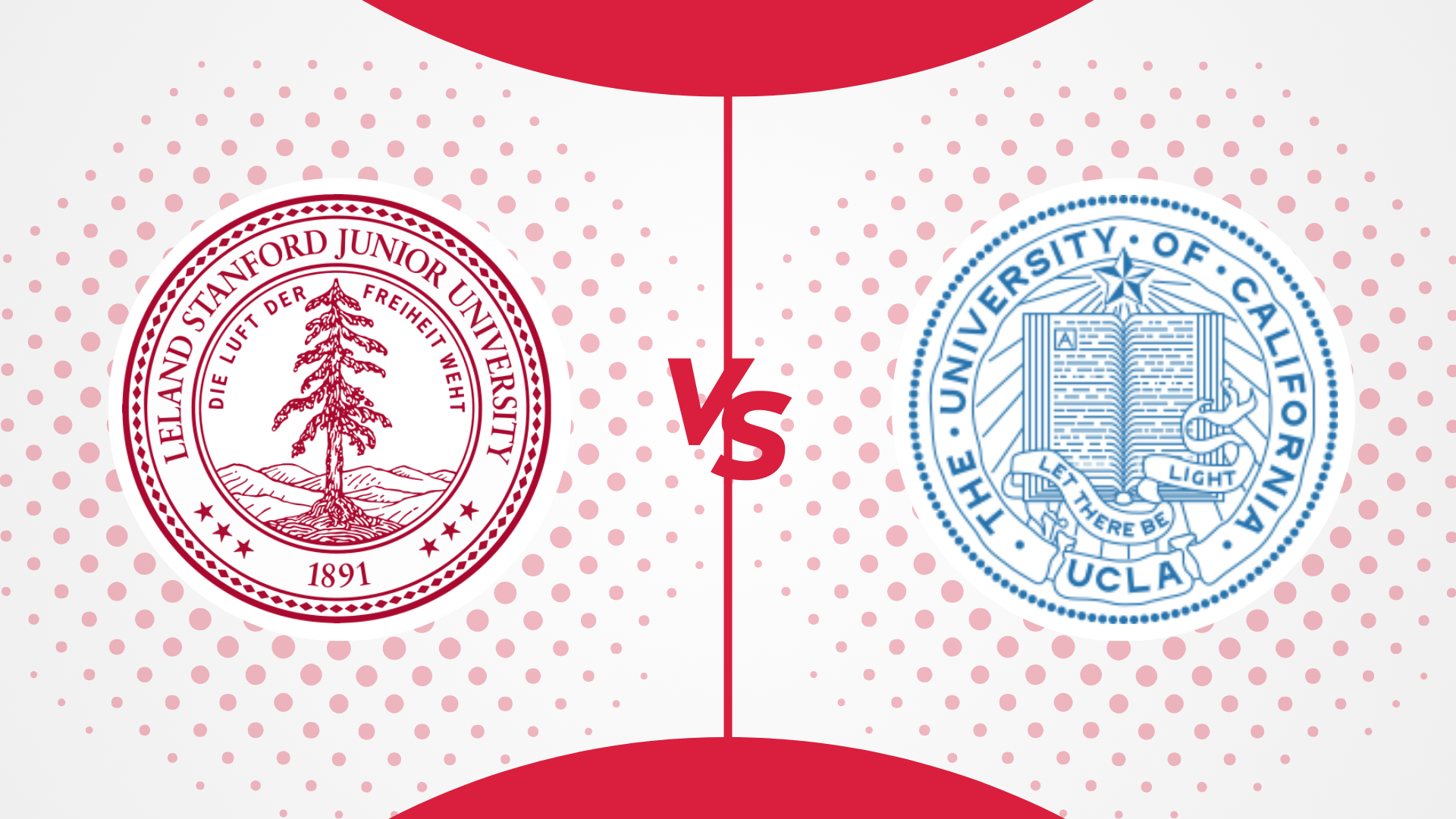
Stanford vs UCLA: Which One is Better For You in 2024
June 28, 2024 -
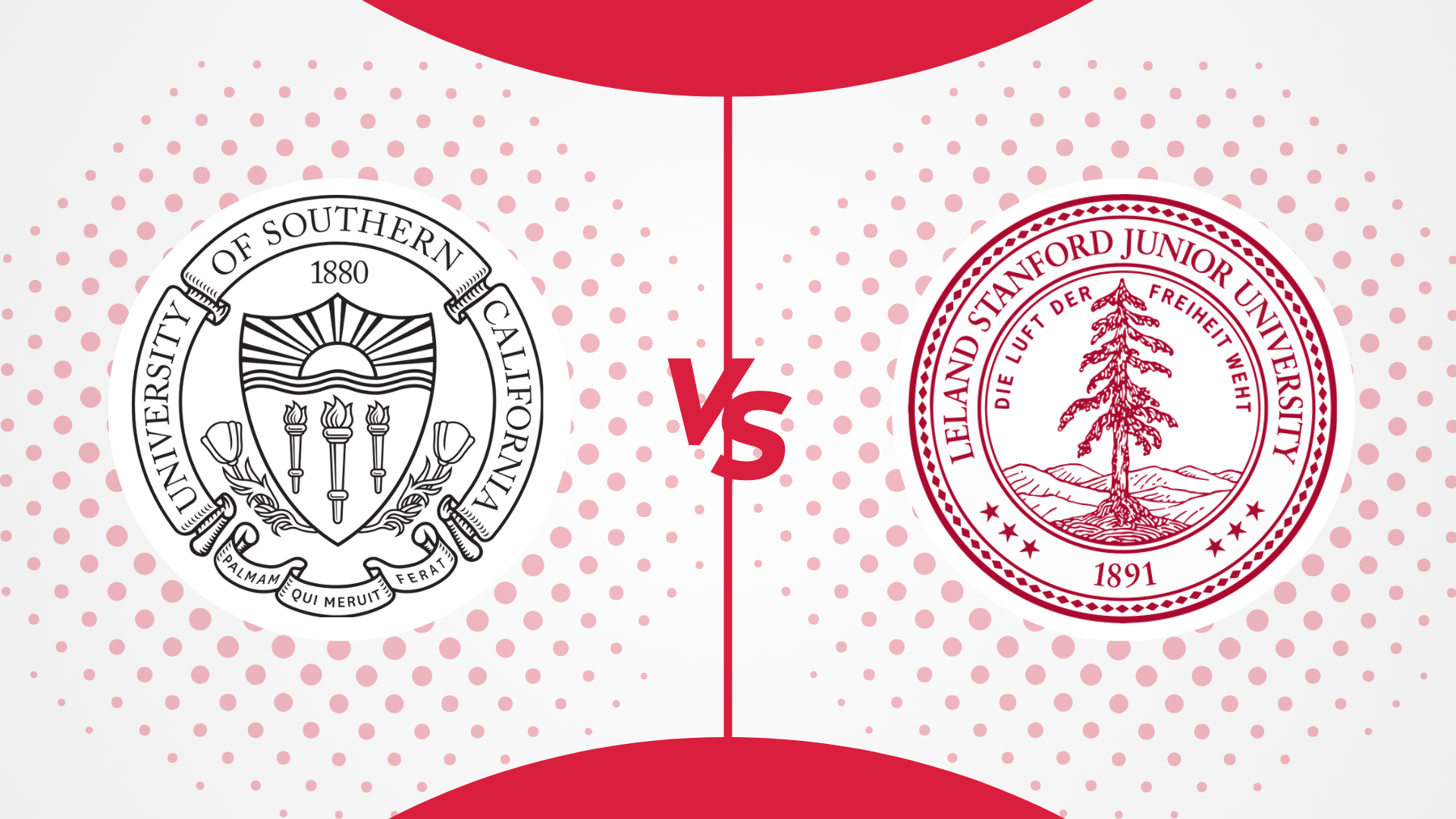
USC vs Stanford: Which One is Better For You in 2024
June 28, 2024 -
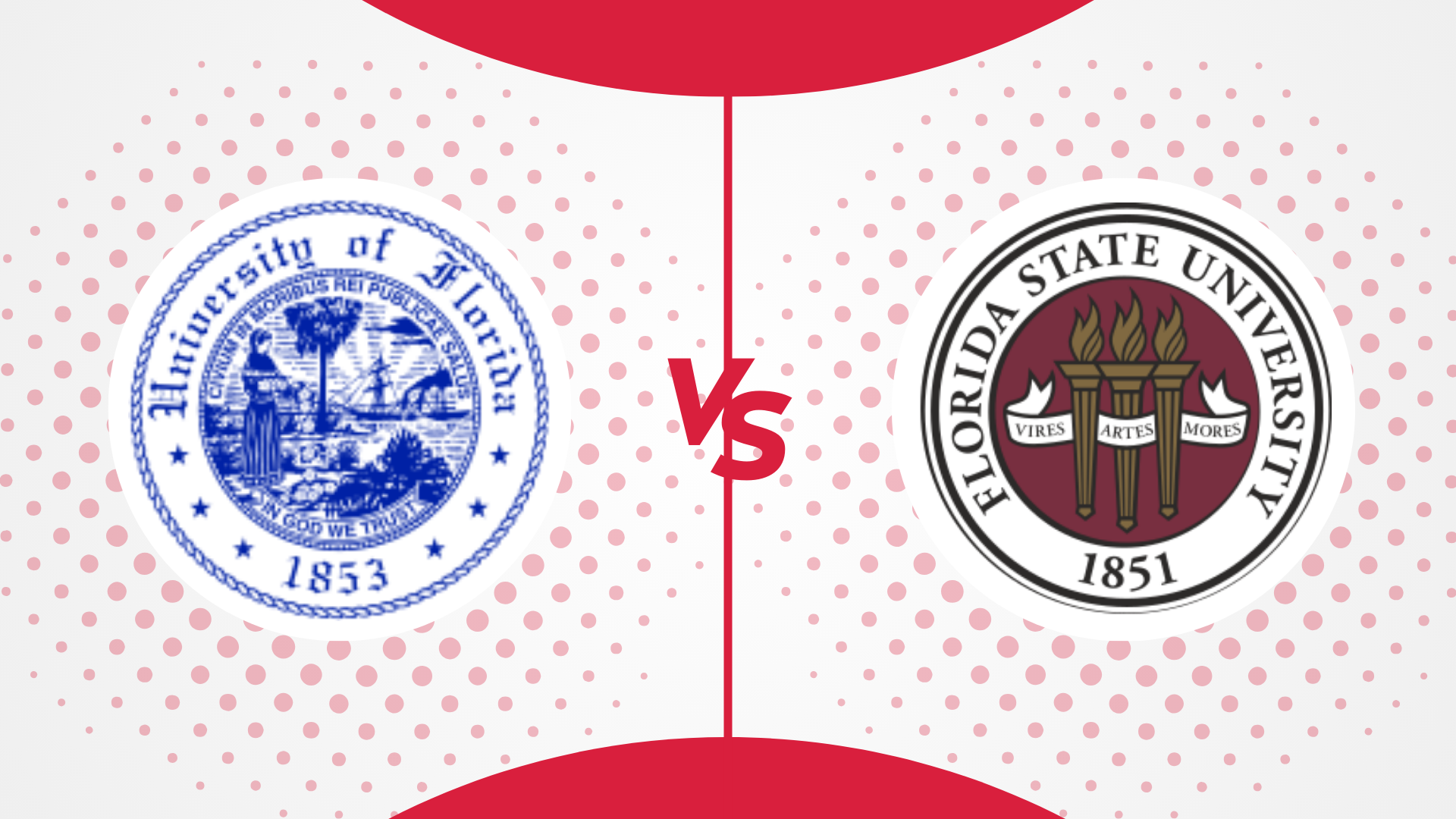
University of Florida vs Florida State University: Which One is Better For You in 2024
June 28, 2024 -

NYU vs Columbia: Which Is Better In 2024?
June 28, 2024 -

Princeton vs Columbia: Which Is Better In 2024?
June 28, 2024 -

NYU vs Cornell: Which One Is Better In 2024?
June 28, 2024 -

Boston University vs Northeastern: Which one is best in 2024
June 28, 2024 -

NYU vs UCLA: Which Is Better For You In 2024?
June 28, 2024
